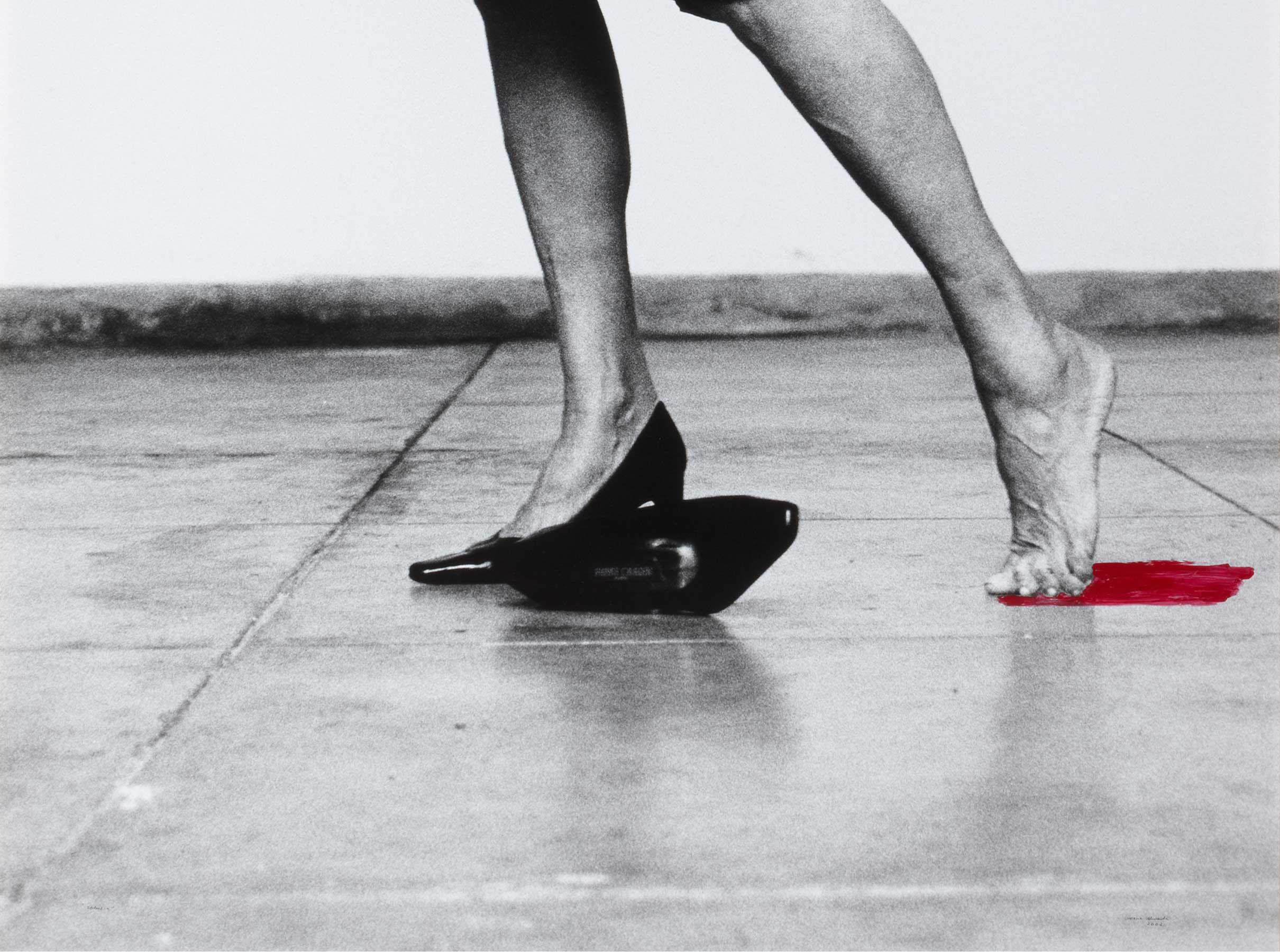Antonio María Fabié
- 1900
- Oil on canvas
- 125 x 94 cm
- Cat. P_239
- Comissioned from the artist in 1900
The sudden death of Antonio María Fabié forced Hidalgo de Caviedes to paint his portrait from a photograph in 1900, and the result was barely mediocre. However, Fabié was most likely familiar with Caviedes’s work, as he had painted the portraits of two of his predecessors in the post of Minister for Overseas Affairs: Tomás Rodríguez Rubí and Diego López Ballesteros. Both these paintings, dating from 1891, are today kept at the Prado. The latter was most likely a posthumous portrait, so Caviedes had already faced the problem posed by painting Fabié’s portrait for the Banco de España.
Governor of the Banco de España 1899
Antonio María Fabié Escudero was the son of renowned pharmacist and member of the Seville Royal Academy of Belles Lettres Antonio María Fabié Gálvez and of Sevillian María Amparo Escudero de Vega. He studied Pharmacy in Madrid and later obtained a doctorate from Seville University, where he was a professor. He moved to Madrid in 1857, where he opened his own law firm and spent the following years writing for various newspapers, including El Contemporáneo, Diario de Barcelona, Revista de España and Revista Ibérica, an activity that he combined with his involvement in politics. He joined the Moderate Party in 1863 and was elected to Parliament for the first time as the member for Aspe (Alicante). He held various posts in the Ministries of Overseas Affairs and the Treasury in the following years.
On the Restoration of the Bourbon monarchy, he supported Cánovas del Castillo, with whom he had a lifelong personal friendship, and joined the Liberal-Conservative party. Fabié was then appointed State Counsel. In 1880, he was elected senator for the province of Álava; in 1886, for Castellón; and in 1891 was made a lifetime senator. He was Minister for Overseas Affairs from August 1890 to November 1891.
In the government elected in 1895 he chaired the Council of State and was appointed Governor of the Banco de España on 1 October 1899, a post he still held when he died unexpectedly two months later, on 3 December 1899.
He was a full member of the Royal Academy of History from 1874 and of the Spanish Royal Academy from 1891. His literary output was extensive and one of his best books was Cánovas del Castillo. Su juventud. Su edad madura. Su vejez. Estudio biográfico, which was published in 1928.
Other works by Rafael Hidalgo de Caviedes

